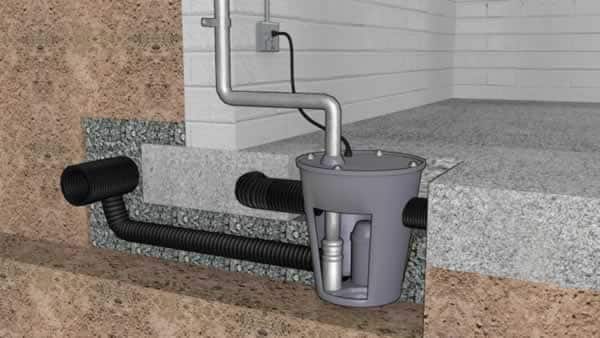Even if you don’t think about it much, hard water could impact many areas of your daily life. It’s perhaps the most often encountered water issue in households worldwide.

What Is Hard Water?
The hardness of water varies according to the amount of minerals in it such as calcium and magnesium. The evaporation of hard water leaves behind layers of minerals that result in deposits on water fixtures. The white mineral streaks you notice on your fixtures and glass surfaces after cleaning are indications of the presence of hard water. Treating hard water often involves the use of water softeners. However, for applications such as laboratory and industrial processes, deionized water may be required, and that can be achieved with a deionizer system. Although hard water doesn’t pose any health concerns, it may dry up your skin and hair if you use it for bathing. In addition, washing clothes in hard water regularly can make them feel rigid, and colors may degrade and look dull more quickly.
How To Treat Hard Water
The fundamental principle of water softening is to remove the minerals that makes water hard. There are many efficient techniques for doing this. Here are some examples on how to treat that kind of water in your home:
1. Ion Exchange
The most popular method of treating hard water is by using a water softener. This device is specifically designed to remove minerals in hard water. When water enters the filter, it goes past a layer of resin. The resin then collects calcium and magnesium ions and replaces them with sodium ions. This process is referred to as ion exchange. For ion exchange to occur, salt is required. You need to install a special storage tank for your water softener salt. That component is called a brine tank.
2. Template Assisted Crystallization Or Nucleation Assisted Crystallization
These methods are said to be a healthier alternative to ion exchange since they may soften water without using salt. Minerals won’t be removed from the water by template assisted crystallization (TAC) or nucleation assisted crystallization (NAC) systems. Rather, they alter the minerals’ structure, rendering them incapable of adhering to any surface. One of the most significant disadvantages of TAC and NAC systems is that there may still be slight hardness in the water. Softeners that are salt-free, such as those used in these techniques, aren’t really softeners. They’re often known as water conditioners. Minerals still exist in the water, making it difficult to determine if the water has become softer.
3. Chelation System
A chelation system is another water softener that’s devoid of salt, much like TAC. This method relies on chelating agents to bind with mineral ions to treat hard water. This kind of technology doesn’t soften water; instead, it descales it of minerals. The system may not get rid of hard minerals, but it’ll prevent them from depositing as scale. Because of this, the minerals and lime deposits found in the tank will be reduced. Furthermore, it keeps calcium in the water without leading to the formation of calcium buildup. Salt-free systems are the ideal choice for those on a low-sodium diet.

4. Magnetic Water Softener
A magnetic softener is a more modern kind of water softening device. The equipment is seamlessly connected to an outlet and clamped onto an interior tube through which water enters the home. It functions by generating magnetic fields that alter the magnetic characteristics of minerals. This causes carbonates to resist one another, which then reduces scale development and accumulation. However, unlike the ion exchange system, this technology isn’t intended to eliminate hardness. It merely alters the electromagnetic characteristics of minerals to prevent mineral accumulation.
5. Reverse Osmosis System
A reverse osmosis system processes water several times using tiny filters. This eliminates solid impurities like chemicals and organic compounds. It also filters out calcium and magnesium ions. This method is a great option if you’re looking for soft, contaminant-free water that doesn’t need additional salt. That’s why is great to drink filtered water from Waterdrop, a top of the line osmosis filter system. However, this system will only supply water for a certain location in your house, unless multiple devices are installed. One disadvantage of this method is that it doubles water consumption. Additionally, it needs frequent cleaning to guarantee the water’s safety.
6. Showerhead Filters
A showerhead filter may be helpful if you experience the effects of hard water on your body, like dry skin. It’s fitted in the shower to filter impurities and elements as the water exits the line. This may also minimize calcification by eliminating minerals that might block water outlets and restrict water flow.
Conclusion
While hard water won’t harm you physically, it may be a hassle and possibly cost you money in the long run. If you have hard water at home, a water softener can provide you with instant and noticeable advantages. Its most significant benefit is that it’ll stop scale from forming in your faucets and pipes.






